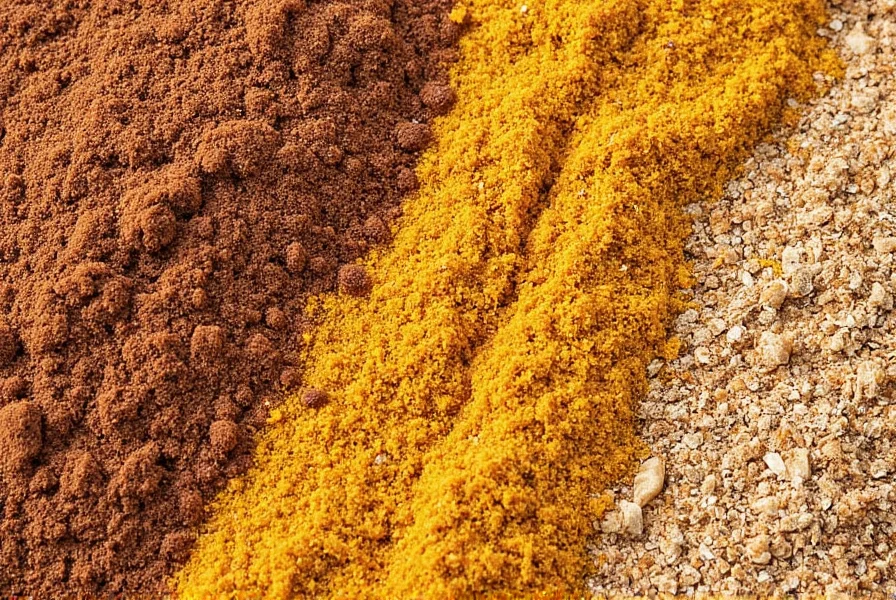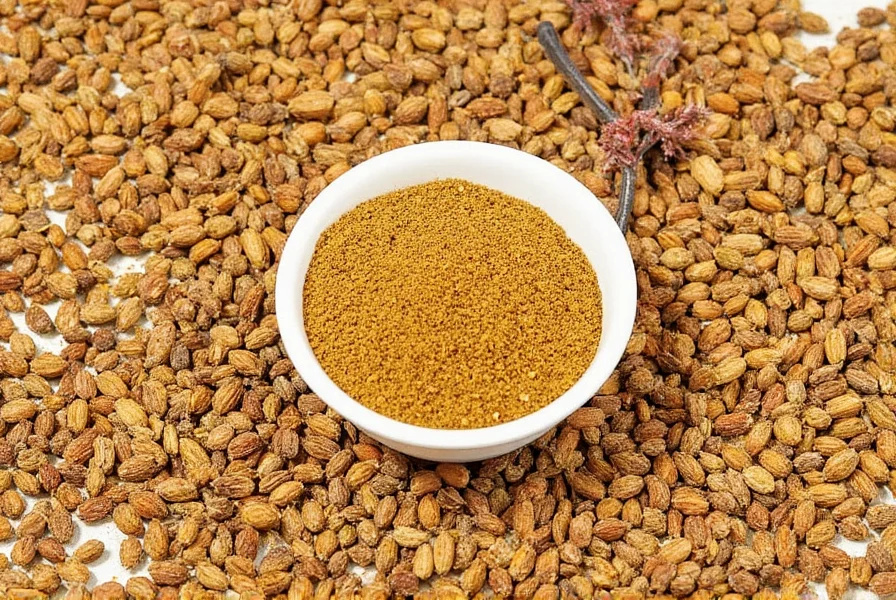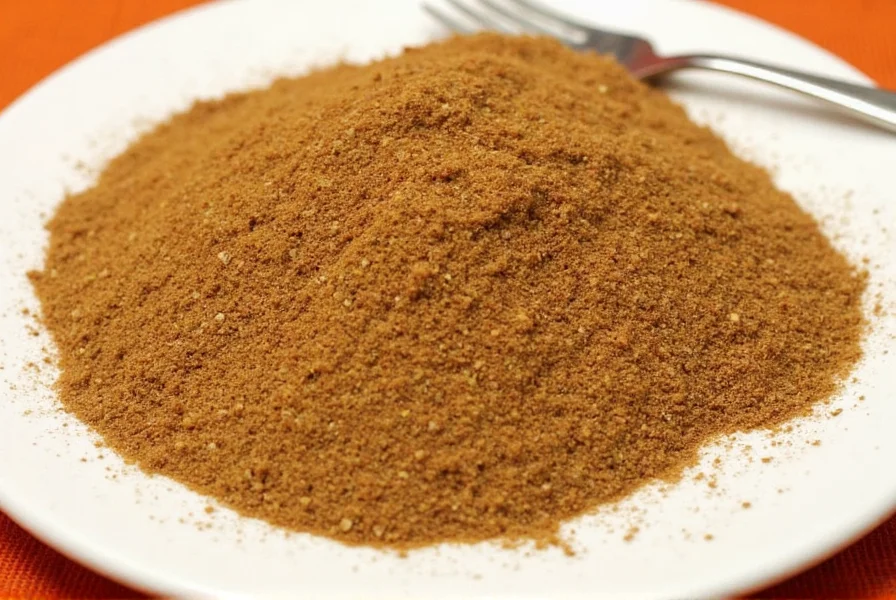Cumin Chronicles: Why This Spice is the Soul of Mexican Cuisine
If you've ever taken a bite of authentic Mexican street tacos or sipped on a warm bowl of pozole, you’ve tasted the earthy warmth of cumin. Known as "comino" in Spanish, this spice has been a cornerstone of Mexican cuisine for centuries — but what makes it so special? Whether you're a seasoned chef or just spicing up your weeknight dinners, understanding the role of cumin in Mexican food can elevate your culinary game.
Table of Contents
- A Spicy Stroll Through History
- Why Cumin Makes Mexican Food Taste Better
- Top Mexican Dishes That Rely on Cumin
- Cooking Tips: How to Use Cumin Like a Pro
- Buying Guide: Choosing the Best Cumin for Your Kitchen
- Cumin Goes Global: Fusion Dishes Inspired by Mexico
- Frequently Asked Questions About Cumin in Mexican Cooking
- Final Thoughts: Let Cumin Be Your Culinary Compass
A Spicy Stroll Through History
Long before Tex-Mex hit the fast-food menus of America, cumin was already deeply rooted in Mexican cooking traditions. Brought over by Spanish colonizers in the 16th century, cumin found a perfect home in the rich tapestry of indigenous ingredients like corn, chili, and beans.
Though not native to the Americas, cumin quickly became an indispensable part of Mexican kitchens. From Oaxaca to Veracruz, regional cooks adopted the spice into their mole blends, stews, and marinades. Its ability to enhance the flavor of proteins while balancing sweetness made it a versatile star in both everyday meals and celebratory feasts.
Why Cumin Makes Mexican Food Taste Better
So what exactly does cumin bring to the table? It’s not just about heat — cumin delivers a deep, earthy aroma that enhances other spices without overpowering them. Here's the breakdown:
- Flavor Enhancer: Cumin amplifies umami and brings out the natural flavors in meats and vegetables.
- Aroma Booster: Toasted cumin seeds release aromatic oils that instantly awaken your senses.
- Balancing Act: When used with chili powder, garlic, and oregano, cumin helps round out the flavor profile.
| Spice | Flavor Profile | Mexican Dish Pairing |
|---|---|---|
| Cumin | Earthy, nutty, warm | Tacos al pastor, enchiladas |
| Oregano | Herby, floral | Salsas, soups |
| Garlic Powder | Pungent, savory | Beans, meats |
Top Mexican Dishes That Rely on Cumin
You don’t have to be a Michelin-starred chef to make these crowd-pleasers at home. Here are some classic dishes that would lose their soul without cumin:
- Tacos al Pastor: Marinated pork cooked slowly with spices including cumin, giving it a smoky, tangy depth.
- Chiles Rellenos: Stuffed peppers often feature a filling seasoned with cumin for extra complexity.
- Posole: A hearty hominy stew where cumin complements chili and garlic beautifully.
- Black Beans: The base of many Mexican dishes — cumin adds a savory backbone.
- Fajitas: The spice blend for marinating steak or chicken typically includes cumin for warmth and richness.
Cooking Tips: How to Use Cumin Like a Pro
Using cumin well is more art than science. Here are some expert-approved tricks:
- Toasting Seeds: For maximum flavor, toast whole cumin seeds in a dry skillet until fragrant, then crush or grind them.
- Use in Moderation: A little goes a long way! Start with a pinch and build from there.
- Pair Smartly: Combine with coriander, smoked paprika, and chili powder for balanced heat and depth.
- Add Early: Add ground cumin early in cooking to let the flavors develop fully.
Buying Guide: Choosing the Best Cumin for Your Kitchen
Not all cumin is created equal. Whether you prefer whole seeds or ground powder, here’s how to pick the best one:
| Product | Type | Features | Best For | Price Range |
|---|---|---|---|---|
| McCormick Ground Cumin | Ground | Consistent quality, easy to find | Daily cooking | $ |
| Burlap & Barrel Cumin Seeds | Whole Seeds | Single-origin, organic, high oil content | Toasting and grinding at home | $$ |
| Frontier Co-op Organic Cumin | Ground & Seeds | Certified organic, bulk options available | Health-conscious cooks | $$ |
| La Flor Cumin Seeds | Whole Seeds | Popular in Latin American markets, bold flavor | Making adobos and salsas | $ |
- Look for Whole Seeds: They last longer and retain more flavor than pre-ground versions.
- Smell Test: Fresh cumin should have a strong, earthy aroma. If it smells stale or musty, pass.
- Store Properly: Keep in a cool, dark place in an airtight container. Ground cumin lasts about six months; seeds up to a year.

Cumin Goes Global: Fusion Dishes Inspired by Mexico
The versatility of cumin doesn't stop at Mexican borders. Chefs around the world have embraced its bold flavor and incorporated it into fusion dishes. Here are a few fun examples:
- Korean-Mexican Tacos: Marinated bulgogi beef seasoned with cumin and served in soft corn tortillas.
- Cumin-Rubbed Salmon Tacos: A healthy twist with smoky cumin crust complementing flaky fish.
- Caribbean-Cumin Black Beans: Infused with coconut milk and cumin for a tropical flair.

Frequently Asked Questions About Cumin in Mexican Cooking
Got questions? You’re not alone. Here are some of the most common ones asked by spice lovers like you:
Can I skip cumin in Mexican recipes?
You can, but your dish will miss that signature depth. Try substituting with caraway or ground coriander if you must omit it.
Is ground cumin better than whole seeds?
It depends on your recipe and preference. Whole seeds offer fresher flavor when toasted and ground yourself, while pre-ground is convenient.
What if my dish tastes too cumin-heavy?
Add a splash of acid like lime juice or vinegar to balance it out. You can also add more neutral ingredients like tomatoes or beans to dilute the flavor.
Final Thoughts: Let Cumin Be Your Culinary Compass
Whether you're whipping up a quick weeknight meal or planning a fiesta, cumin is your secret weapon for authentic Mexican flavor. From enhancing meats to transforming beans into something magical, this humble spice deserves a permanent spot on your spice rack.
Now that you’ve got the lowdown on cumin in Mexican food, go ahead and experiment! Toast it, blend it, sprinkle it — let your taste buds guide the way. After all, every great dish starts with a pinch of adventure — and a whole lot of cumin.
Remember, the best kitchen is one filled with warmth, flavor, and the unmistakable scent of freshly toasted cumin. Happy cooking!











 浙公网安备
33010002000092号
浙公网安备
33010002000092号 浙B2-20120091-4
浙B2-20120091-4